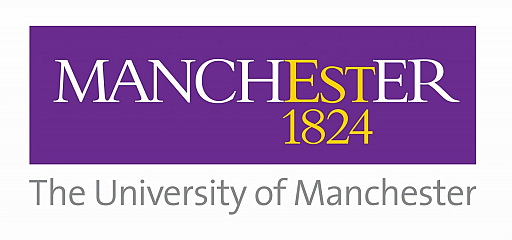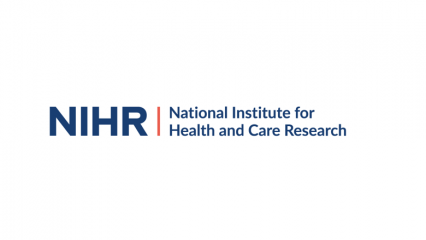Manchester researchers secure funding to develop a tool to identify fractures associated with osteoporosis
A team from Manchester has been awarded £867,000 by the National Institute for Health Research Invention for Innovation programme to develop a novel software system that will identify vertebral (spine) fractures, a sign of osteoporosis.
Fractures due to osteoporosis are a considerable burden for patients and the NHS, affecting a half of all women and 1 in 5 men aged over 50. By 2025, treatment of fractures is estimated to cost the UK over £5.5 billion1.
Osteoporosis is a condition in which there is too little bone in the skeleton. Those affected have “brittle” bones and are much more likely to suffer from fractures, most commonly in the spine, wrist and hip. Vertebral fractures are the most common fractures in osteoporosis and those who suffer are much more likely to have other fractures in future.
The new research, being delivered by the University of Manchester and Central Manchester Hospitals NHS Foundation Trust, in collaboration with Optasia Medical Ltd and the National Osteoporosis Society, aims to address this unmet need.
The Manchester researchers will use the funding to build a fully automated computer system, which can be used to analyse medical images containing the spine and accurately identify any vertebral fractures. Such fractures are an early sign of osteoporosis (brittle bones). They will also test the system through a clinical study to establish how well the system works, how many patients it could help and incorporate patients’ feedback on how it should be used.
Tim Cootes, Professor of Computer Vision in the Centre for Imaging Sciences, comments: “Through our previous work we have developed an effective prototype. This new funding will enable us to test and further develop the system within a real-life setting, integrated within existing NHS systems and with patient involvement. More than half of these fractures do not cause any pain so often go unnoticed. Our new system will identify people with vertebral fractures, who may otherwise have been missed.”
The National Osteoporosis Society is advising the project to ensure that the work benefits people with or at risk of osteoporosis. Hilary Arden, Service Delivery Director at the NOS, stated “This is an exciting project which we hope will identify vertebral fractures in those who don’t realise they have one and who could be at a high risk of a future fracture”.
The team includes Prof Tim Cootes, Prof Katherine Payne and Dr Paul Bromiley (the University of Manchester), Prof Judith Adams and Dr Eleni Kariki (Central Manchester University Hospitals NHS Foundation Trust), and Dr Anthony Holmes and Dr Joes Staal (Optasia Medical Ltd).
For more information about the project visit: STOpFrac: Software Tool for Opportunistic diagnosis of vertebral Fractures website (www.stopfrac.com)
- Osteoporosis in the European Union: a compendium of country-specific reports. Arch Osteoporos. 2013; 8(1-2): 137 (https://www.ncbi.nlm.nih.gov/pmc/articles/PMC3880492/)



